How to Choose Your Stone Shape
February 7th, 2017 / Alese Oldenburg
With eleven different stone cuts, how do you choose the right one for you? From traditional to trendy, here are the different stone shapes and how to pick the one that you’ll love looking at on your finger for the rest of your life.
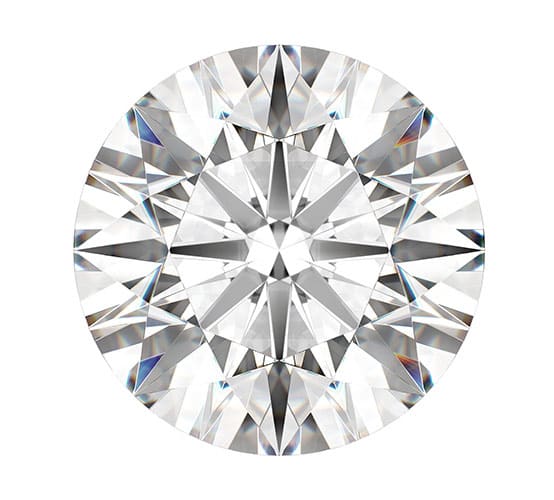
ROUND BRILLIANT
History: Created around 1919 based on the mathematical Ideal Cut formula developed by Marcel Tolkowsky, the Round Brilliant cut is intensely sparkly.
Best for: Any ring style. It is the most popular stone shape and works equally well in solitaires, halos and intricate designs.
SHOP ROUND CUT RINGS
SHOP ROUND CUT JEWELRY
PRINCESS
History: Created in the 1960s, the name “Princess cut” was originally used in reference to another cut style, but was popularized in the 1970s along with the square cut we know and love today.
Best for: Most ring styles. It is the second most popular shape and is versatile with many different designs from solitaires to the most detailed halos.
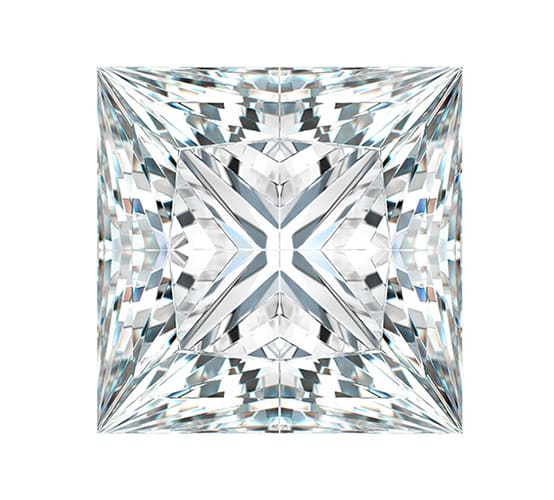
SHOP PRINCESS CUT RINGS
SHOP PRINCESS CUT JEWELRY
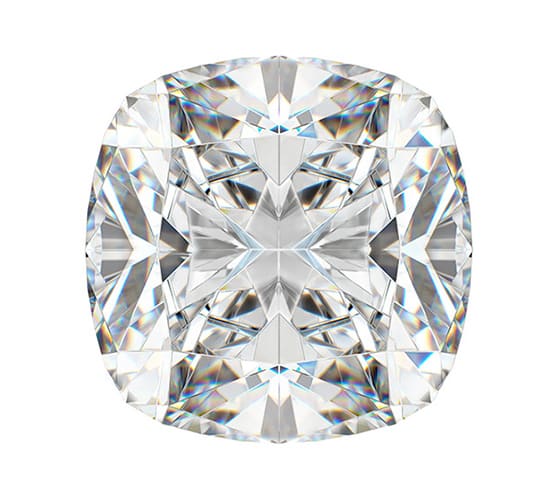
CUSHION
History: The cushion cut has roots way back in the 1700s, when its precursor, the old mine cut, was very popular. It was the closest thing to a round cut until the 1800s, when technology was invented that made truly round cuts possible. The modern Cushion cut is square-ish or rectangular with curved sides and rounded corners.
Best for: Most ring styles, for brides who love the traditional look of Round Brilliant or Princess cuts but want a more unique shape.
SHOP CUSHION CUT RINGS
SHOP CUSHION CUT JEWELRY
EMERALD
History: With ties back to the 1500s, this is one of the oldest diamond shapes. The style was named the “Emerald cut” during the 1920s, when the Art Deco style influenced even engagement ring trends and the symmetrical step cut stone gained popularity.
Best for: Solitaires and vintage-inspired designs.
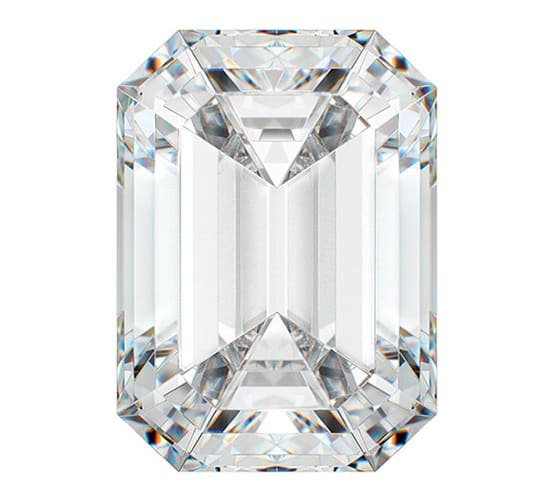
SHOP EMERALD CUT RINGS
SHOP EMERALD CUT JEWELRY
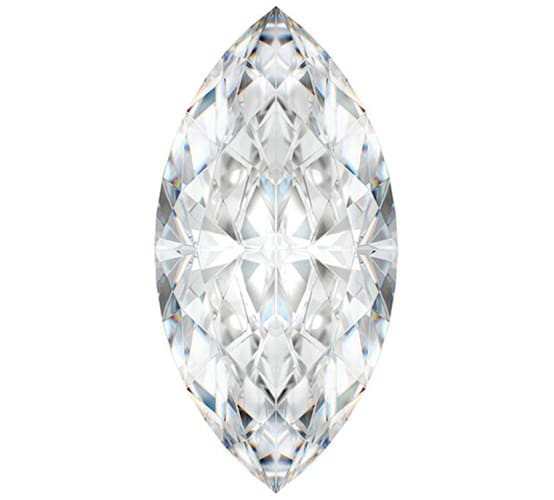
MARQUISE
History: The Marquise cut was created for King Louis XV in the mid-1700s. He commissioned a stone to be cut to recall the shape of his mistress’ lips. Its name comes from the royal rank just below a duke.
Best for: Simple designs that show off the Marquise cut’s unusual shape. Its long, slender silhouette will make the finger look longer and more elegant.
SHOP MARQUISE CUT RINGS
SHOP MARQUISE CUT JEWELRY
ASSCHER
History: Invented in 1902 by Joseph Asscher, this diamond has step cuts like the Emerald cut, but is almost octagonal in shape. It was popular during the Art Deco style movement and after World War I.
Best for: Vintage-inspired designs that show off its open step-cut facets.
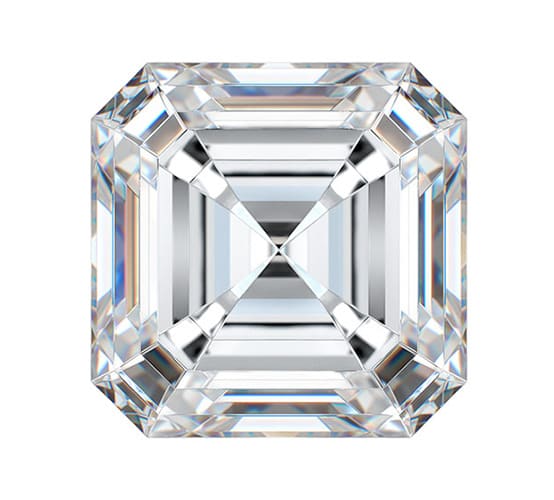
SHOP ASSCHER CUT RINGS
SHOP ASSCHER CUT JEWELRY
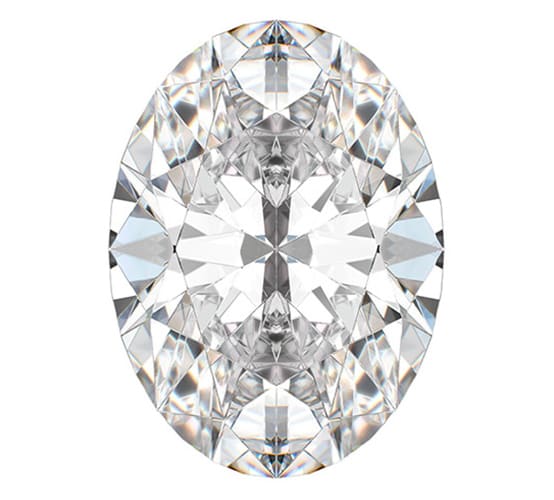
OVAL
History: Invented in 1957, it was created by Lazare Kaplan—a cousin of Marcel Tolkowsky who famously created the Ideal Cut formula. Like the Round Brilliant, the Oval engagement ring has 58 facets and is among the most brilliantly sparkly.
Best for: Most ring styles, particularly for women who want a timelessness and extraordinary brilliance but a more unusual shape.
SHOP OVAL CUT RINGS
SHOP OVAL CUT JEWELRY
RADIANT
History: Created by Henry Grossbard in 1977. It combines the elongated shape of the Emerald cut and the fiery brilliance of the Round Brilliant cut.
Best for: Simple designs that show off the Radiant cut’s elegant shape. It will make fingers look longer and slenderer.
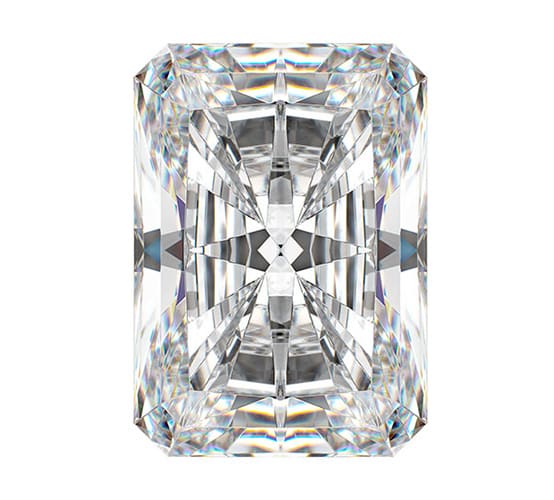
SHOP RADIANT CUT RINGS
SHOP RADIANT CUT JEWELRY
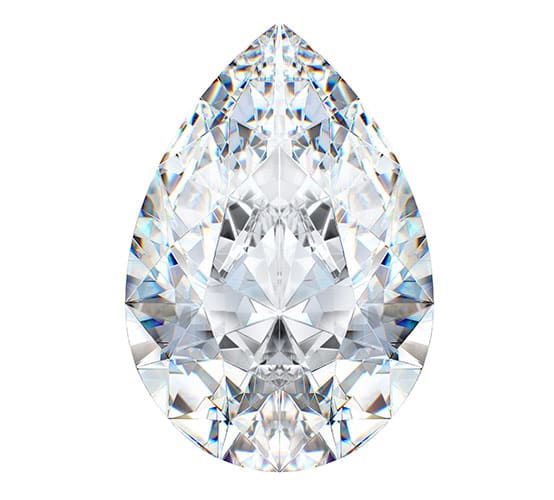
PEAR
History: Reaching as far back as 1458, the Pear cut was created by Louis van Berquem, who was a polisher responsible for establishing concepts of symmetry and faceting that maximizes sparkle.
Best for: Many ring styles, especially solitaires and delicately accented designs.
SHOP PEAR CUT RINGS
SHOP PEAR CUT JEWELRY
TRILLION
History: Originally created by the Asscher brothers in Amsterdam, the modern Trillon was designed in 1962 by the Henry Meyer Diamond Company in New York. Over time, “trillion” became the name for all triangular shaped brilliant cuts.
Best for: Simple ring designs such as solitaires or subtly accented bands.
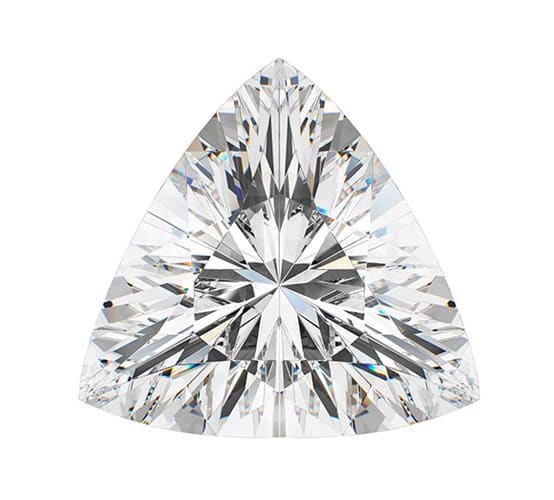
SHOP TRILLION CUT RINGS
SHOP TRILLION CUT JEWELRY
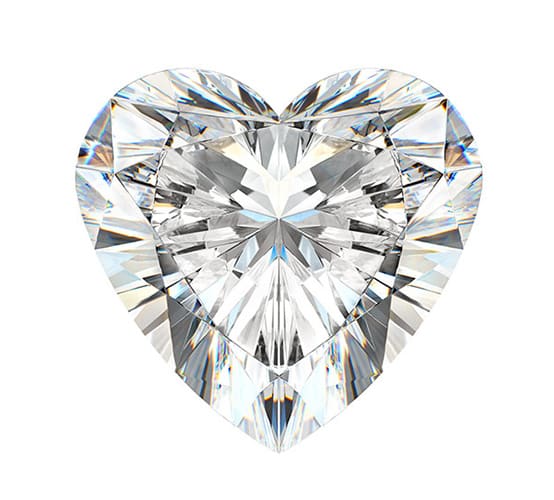
HEART
History: Although the exact origins are unknown, references to the Heart cut are found as far back as 1463. In 1562, Mary Queen of Scots sent a Heart cut ring to Queen Elizabeth I, as a symbol of friendship and goodwill.
Best for: Simple ring styles that allow the Heart shape to speak for itself.
SHOP HEART CUT RINGS
SHOP HEART CUT JEWELRY
Which shape speaks to you?

